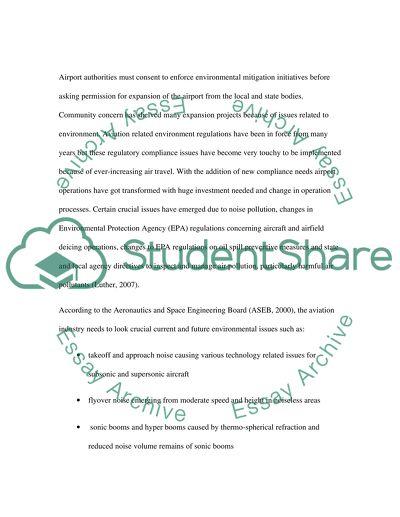Cite this document
(“The impact of increasing environmental concerns on the operation of Essay”, n.d.)
Retrieved from https://studentshare.org/environmental-studies/1423202-the-impact-of-increasing-environmental-concerns-on
Retrieved from https://studentshare.org/environmental-studies/1423202-the-impact-of-increasing-environmental-concerns-on
(The Impact of Increasing Environmental Concerns on the Operation of Essay)
https://studentshare.org/environmental-studies/1423202-the-impact-of-increasing-environmental-concerns-on.
https://studentshare.org/environmental-studies/1423202-the-impact-of-increasing-environmental-concerns-on.
“The Impact of Increasing Environmental Concerns on the Operation of Essay”, n.d. https://studentshare.org/environmental-studies/1423202-the-impact-of-increasing-environmental-concerns-on.


